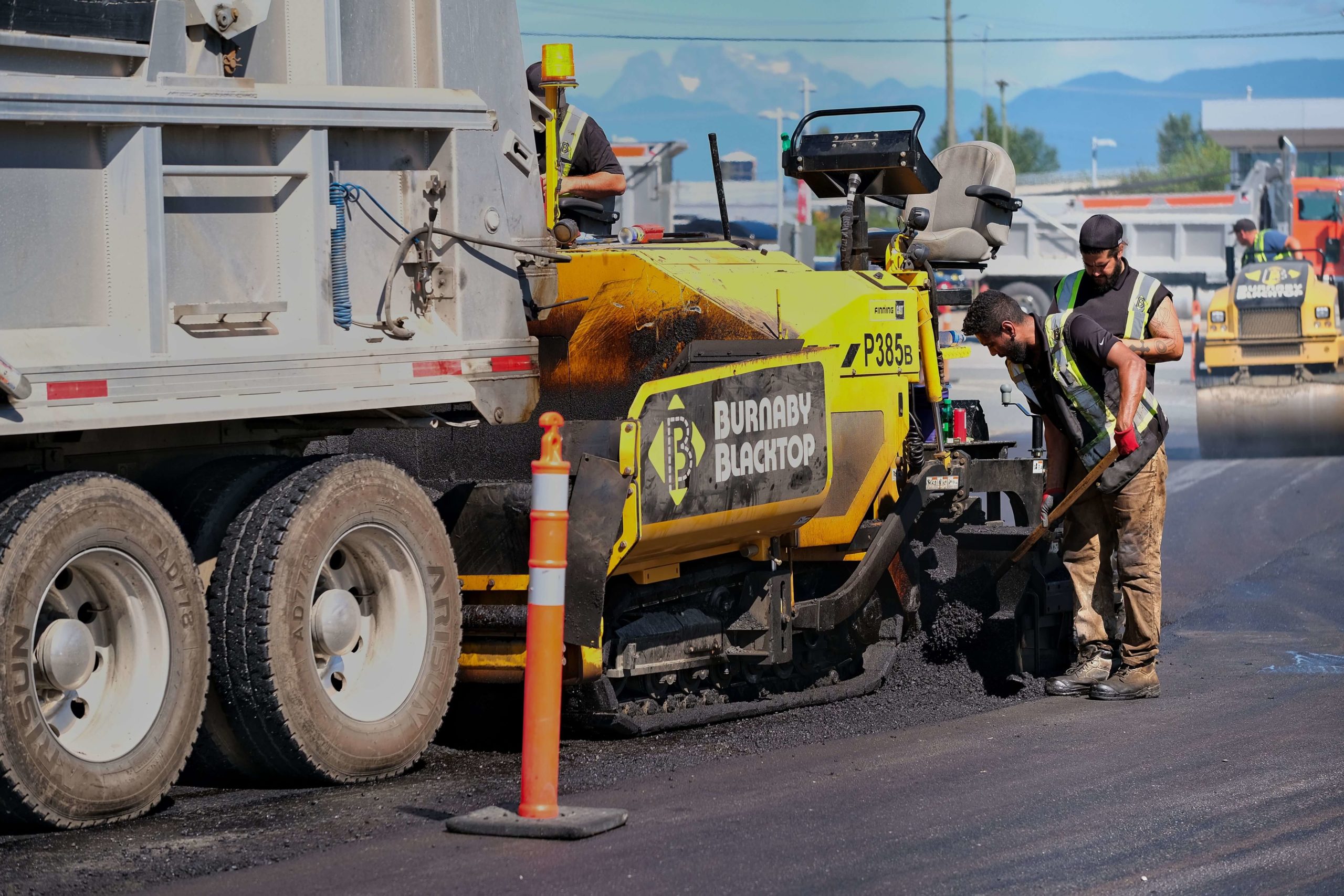The Only Guide to A1 Professional Asphalt & Sealing Llc
The Only Guide to A1 Professional Asphalt & Sealing Llc
Blog Article
What Does A1 Professional Asphalt & Sealing Llc Do?
Table of ContentsIndicators on A1 Professional Asphalt & Sealing Llc You Need To Know5 Easy Facts About A1 Professional Asphalt & Sealing Llc ShownThe Best Guide To A1 Professional Asphalt & Sealing LlcThe Main Principles Of A1 Professional Asphalt & Sealing Llc 4 Simple Techniques For A1 Professional Asphalt & Sealing Llc

The oil in an automobile engine is not simply oil. The REOB has all the ingredients that were in the waste oil as well as the wear metals from the engine (mainly iron and copper).
By making lots of blends using different REOB examples and different asphalt binders, the variants greatly can be averaged out. A number of States provided samples of well-known REOB composition to TFHRC scientists, that assessed the samples to contrast the percentage of included (understood) REOB to the located (checked) quantity. The analyses showed a similar percent of added and located REOB.
Top Guidelines Of A1 Professional Asphalt & Sealing Llc
None of those States understood that the asphalt they were getting consisted of REOB. One State insisted its samples had no REOB - https://www.goodreads.com/user/show/177529233-john-tally.
Of the 1,532 examples evaluated, 12 percent included REOB, and some contained appreciably high degrees of it at 1020 percent. The greatest degree was 34 percent in an example from Texas, which TxDOT had actually utilized in a patching substance. This testing likewise disclosed the existence of phosphoric acid in 11 percent of the examples, and 2 percent included ground tire rubber.
2 years back at TRB's yearly conference, the Federal scientists held an REOB workshop and provided the searchings for of their lab examinations to a standing room-only crowd. Although some companies do not especially outlaw REOB, they do enforce physical tests that preclude its useeffectively a ban. asphalt paving repairs. Others do not ban it by spec, but have contracts with asphalt suppliers to stay clear of the usage of REOB
The Best Guide To A1 Professional Asphalt & Sealing Llc
A handful do allow REOB, some within specific restrictions. Ohio and Texas limitation levels to much less than 5 percent of the asphalt. To establish a reliable examination approach that all States can utilize, the TFHRC researchers established a round-robin examination plan. The participants are 11 State highway firms (Illinois, Massachusetts, Minnesota, Mississippi, Montana, North Carolina, Oklahoma, South Carolina, Texas, Vermont, and Wyoming), 2 independent screening labs, the Ministry of Transportation in Ontario, Queen's College in Ontario, and an Ontario paving specialist.
In total amount, the researchers prepared and delivered 720 blends. The individuals are testing the examples independently using the standards offered by the TFHRC researchers. The round-robin screening is almost completed, and TFHRC remains in the procedure of gathering the results. The output will be a suggested AASHTO examination approach that any State can take on and utilize (asphalt paving repairs).
The pavement with REOB, which is located 0.6 mile (1 kilometer) from the pavement without REOB, has similar subgrade, website traffic thickness, and environment. The sector of Highway655 with 5 to 10 percent REOB showed significant breaking. In this example, the existence of REOB was the determined source of splitting at a low temperatures.
A section of examination pavement in Minnesota (MN1-4) found visit this site right here to contain REOB additionally split prematurely. The sidewalk executed well for the initial 3 to 4 years, yet then started to split.
How A1 Professional Asphalt & Sealing Llc can Save You Time, Stress, and Money.
The tests were not comprehensive, yet they showed that at levels of 6 percent or even more, the tensile toughness of the asphalt dropped substantially. At a degree of 3.5 percent REOB, the variant in the physical test techniques was above the result of REOB. It was difficult for scientists to assess whether REOB was existing. https://www.mixcloud.com/a1aspha1tseal/.

One binder specification thought about is the difference between the low temperature level vital spec temperature for tightness (S) in the bending light beam rheometer and the bending beam rheometer creep incline (m-value) kept in mind as Tcritical. Two independent research teams, one from AASHTO and the various other from the Asphalt Institute, wrapped up that even more research study is needed on the use of REOB in asphalt.
Formerly, all asphalt testing determined design homes such as stiffness. These tests do disappoint what materials had actually been contributed to the asphalt. One sample obtained during the TFHRC research study had a really strange analysis. The sample had the complying with examination results: Superpave PG 64-28 with a high temperature quality of 67.3 Tcritical on the flexing beam rheometer was 6.7 degrees Celsius.

A1 Professional Asphalt & Sealing Llc - Truths
These outcomes demonstrate there are weaknesses in the standardized design screening protocols that may be manipulated. The producer may have an economic advantage and the item passes all the standard examinations, yet the item may not be beneficial to guaranteeing lasting efficiency. To resolve this concern and the expansion of new asphalt ingredients and extenders, TFHRC is starting a research program to make use of handheld spectroscopic tools, x-ray fluorescence spectroscopy, and Fourier transform infrared spectroscopy to enable evaluations to be done in the area rather than having to take examples back to the lab.
Report this page